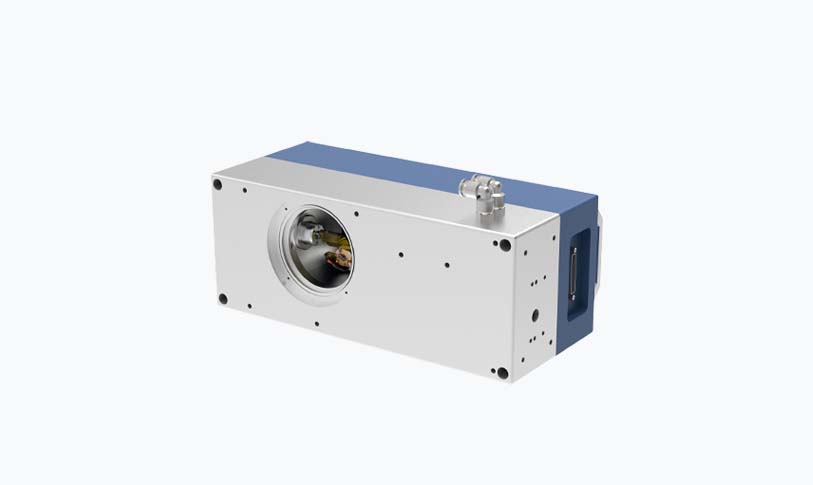****
In recent years, the integration of laser technology into various fields has revolutionized how we approach tasks ranging from cutting and engraving to medical procedures. At the forefront of this technological evolution is the small CO2 laser, which has gained immense popularity due to its versatility, efficiency, and affordability. This article delves into the fundamental workings, various applications, and benefits of small CO2 lasers, highlighting their impact on both industrial and personal uses.

Exploring the Versatility and Applications of Small CO2 Laser Technology in Industrial and Personal Uses
A small CO2 laser employs carbon dioxide as the primary medium for producing a coherent beam of light. It primarily operates on the principle of excitation within a gas mixture, resulting in the emission of a highly concentrated beam of infrared light. The wavelength of these lasers typically ranges from 9.4 to 10.6 micrometers, which makes them particularly effective for cutting and engraving materials like wood, acrylic, plastic, glass, and even certain metals, when properly configured with additional focusing lenses and assistive technologies.
One of the most significant advantages of small CO2 lasers is their efficiency in cutting and engraving. Unlike traditional cutting tools that can cause physical wear and tear, the precision of a CO2 laser ensures cleaner cuts with minimal material degradation. This level of accuracy is especially crucial in industries such as manufacturing, where the quality of the final product is paramount. Additionally, the thermal control provided by small CO2 lasers allows operators to minimize the heat-affected zone, reducing the risk of warping or damaging surrounding materials.

Exploring the Versatility and Applications of Small CO2 Laser Technology in Industrial and Personal Uses
The applications of small CO2 lasers span multiple sectors. In the manufacturing industry, they are deployed for tasks like engraving designs onto products, cutting intricate shapes from materials, and even welding processes. Their ability to make precise cuts at varying depths allows manufacturers to achieve custom designs that can elevate their product offerings. Furthermore, these lasers can quickly adapt to different materials, making them an invaluable resource for businesses looking to diversify their output.

Exploring the Versatility and Applications of Small CO2 Laser Technology in Industrial and Personal Uses
In the realm of personal use, small CO2 lasers have become increasingly popular among hobbyists and small business owners. Craft enthusiasts utilize small CO2 lasers for creating personalized gifts, engaging in artistic endeavors, and even for home décor projects. The ability to engrave detailed images onto various surfaces makes these lasers a sought-after tool for artisans aiming to create unique, handcrafted items.
Moreover, the accessibility of small CO2 lasers has also led to their adoption in educational settings. Makerspaces and Fab Labs often utilize these tools to teach students about modern fabrication techniques. This hands-on approach cultivates creativity and technical skills, preparing the next generation for careers in design, engineering, and manufacturing.
However, while the small CO2 laser presents remarkable opportunities, it is essential to approach its use with caution. Safety is paramount, as the high-powered light produced can cause severe injuries if proper precautions are not taken. Utilizing appropriate safety gear, maintaining a well-ventilated workspace, and adhering to operational protocols are crucial steps to ensure the safety of users and bystanders.
In conclusion, the small CO2 laser is a powerful tool that has revolutionized both industrial and personal applications. Its precision, efficiency, and versatility have made it an essential asset in modern fabrication and design processes. Whether used in a professional setting to streamline manufacturing or in a personal workshop for creative projects, the small CO2 laser exemplifies the transformative impact of technology on our capabilities. As advancements continue to be made in laser technology, we can anticipate even broader applications and innovations, further enhancing its role in our daily lives.galvanometer scanning mirror


